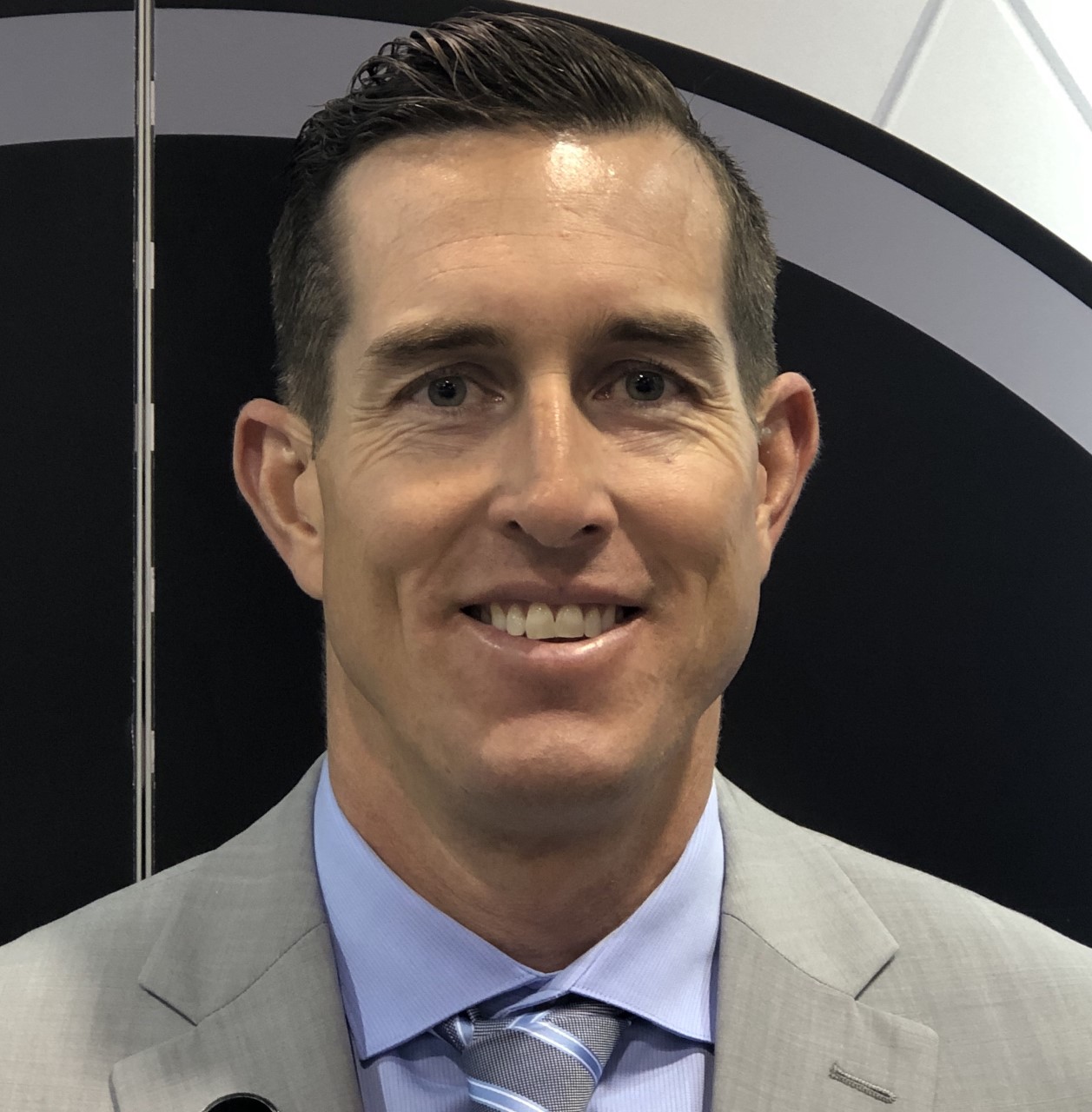Hospital crash carts and healthcare storage solutions are vital components of the health industry. They contain medications and tools needed in an emergency and enable medical teams to respond to codes quickly, which can save more lives.
Such critical care contents follow standard crash cart trolley arrangements to speed up average response times and allow for better patient care.
A medical cart is a rolling cabinet or mobile unit used by urgent care centers to address emergencies swiftly. This type of healthcare storage solution is supplied with readily available equipment and medications needed in codes or basic life-saving techniques like resuscitation.
Simply put, a medical cart combines an equipment center, a dispensing unit, and a medical rolling cart. It transports the necessary supplies and medication to the emergency scene—enabling staff to use them immediately for cardiac support.
The contents slightly vary depending on the ward or department where the cart is located. Even so, there are standard must-haves that we will talk about in this checklist.
A code cart may differ between hospitals and between departments within the same healthcare facility in terms of size, construction, and contents. For instance, a pediatric crash cart is arranged differently from an adult one, or an emergency department crash cart is arranged differently from a surgical service trolley.
The most important consideration is the arrangement of an emergency cart. It should simplify work for medical staff and allow them to handle all emergencies calmly and conveniently.
Below, we’ll discuss how medical carts are generally arranged.
Tools needed to prepare the patient-saving procedures should be at the top of the cart. These include gloves, monitors, life support equipment, defibrillators with lead and paddles, and a sharps disposal container.
The oxygen tank, regulators, cardiac arrest backboard, and handheld suction equipment should all be stored on the crash cart's sides and back.
The first tray is for heart-related equipment, like ECG gel and electrodes.
These are essential paraphernalia of the ECG, which measures the heart's electrical activity and monitors heart conditions. It can also help check if a pacemaker is working properly.
The second drawer is for intubation or airway supplies. Often, it contains:
The third cabinet is for intravenous or IV materials, including but not limited to the following:
Also known as the medication drawer, the fourth cabinet contains high-alert or emergency medications like the ones below.
Contents should be inspected regularly for expiration dates.
The fifth cabinet in an emergency trolley keeps all IV fluids, including:
Some carts are built with a sixth or separate drawer that houses other high-alert necessities:
This cart checklist outlines supplies and equipment suitable for any medical facility:
Pediatric care carts need to have:
Hospital crash carts should follow standard sterile instrument storage arrangements to ensure fast and efficient responses to codes and emergencies. All supplies and emergency equipment should be properly labeled, too.
Most importantly, the cart itself should pass industry standards to meet specific workflow needs and minimize constant replacements and repairs.
For medical cart constructions that add value to your facility's processes, choose Distribution Systems International. We guarantee you engineered designs of healthcare storage solutions that abide by our consultation agreement.
You can reach our team by filling out our online form or contacting us at 800-393-6090 at Distribution Systems International today!
Although the contents and size of a medical cart vary in each facility, each follows a per-compartment arrangement, clustering prep, cardiac, airway, intravenous, and medication supplies.
It should be placed in a low-traffic area to allow hospital staff to easily execute life-saving procedures on patients.
The third drawers in crash carts contain all IV-related medical supplies like lines, needles, stopcocks, and dressings.
Defibrillators, suction devices, medications, intravenous fluids, intubation kits, anesthesia, and sedatives should always be in a hospital cart.

With 21 years of sales management, marketing, P&L responsibility, business development, national account, and channel management responsibilities under his belt, Ian has established himself as a high achiever across multiple business functions. Ian was part of a small team who started a new business unit for Stanley Black & Decker in Asia from Y10’ to Y14’. He lived in Shanghai, China for two years, then continued to commercialize and scale the business throughout the Asia Pacific and Middle East regions for another two years (4 years of International experience). Ian played college football at the University of Colorado from 96’ to 00’. His core skills sets include; drive, strong work ethic, team player, a builder mentality with high energy, motivator with the passion, purpose, and a track record to prove it.